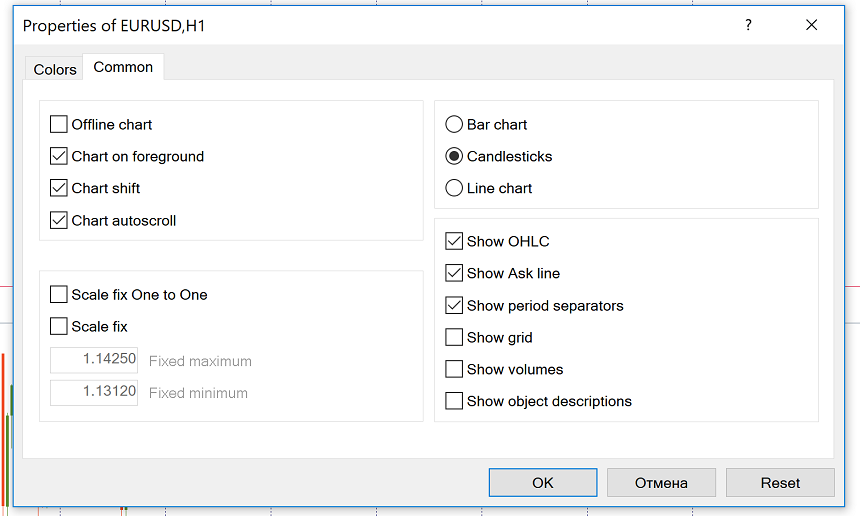Trading Accounts
Trading Conditions
Financials
CFD Trading instruments

Don’t waste your time – keep track of how NFP affects the US dollar!
The ASIC policy prohibits us from providing services to clients in your region. Are you already registered with FBS and want to continue working in your Personal area?
Personal areaInformation is not investment advice
How much will it cost you to trade on Forex? The most common way for a broker to ask a trader to pay a fee for the opportunity to trade on the currency market is spread. Here we will explain how spreads work.
A spread is a conventional concept for financial markets. It simply represents the price difference between the price at which a trader may purchase or sell an underlying asset.
You have definitely experienced spread already when you came to a bank or an exchange office to get foreign currency. The bank always shows two quotes of currency – the one at which it agrees to buy it from you and the one at which it is ready to sell it to you. The spread between these two prices forms the bank’s revenue from the foreign exchange operations it performs for you.
There are 2 types of currency prices at Forex are Bid and Ask.
The price we pay to buy the pair is called Ask. It is always slightly above the market price.
The price, at which we sell the pair on Forex, is called Bid. It is always slightly below the market price.
The price we see on the chart is always a Bid price. Ask price is always higher than the Bid price by a few pips. Spread is the difference between these two prices. In other words, it is a commission you pay to your broker for every transaction.
SPREAD = ASK – BID
For example, the EUR/USD Bid/Ask currency rates are 1.1250/1.1251. You will buy the pair at the higher Ask price of 1.1251 and sell it at the lower Bid price of 1.1250. This represents a spread of 1 pip.
When you click the “New Order” button, a window will appear where you will be able to set the details of your trade. The window will also show the current Bid and Ask prices.
The types of spread depend on the policy of the broker. A spread can be fixed or floating.
Fixed spreads remain the same no matter what market conditions are at any given time. This way you know for certain in advance how much you will pay for a trade. Another good thing is that the broker won’t be able to widen the spread even if the market conditions change.
Floating or variable spreads, on the contrary, are constantly changing. They will widen or tighten based on the supply and demand of currencies and the overall market volatility. Floating spreads usually increase during the times of important economic releases and during the bank holidays when the amount of liquidity in the market declines. Variable spreads eliminate experiencing requotes and when the market is calm they can be lower than the fixed ones.
The optimal type of spread depends on your preferences as a trader. In general, traders with smaller accounts and who trade less frequently will benefit from fixed spread pricing. Traders with larger accounts who trade frequently during peak market hours (when spreads are the tightest) and want fast trade execution will benefit from variable spreads.
Notice that FBS offers trading accounts with fixed and with floating spread, so you can choose the option you like best or have several different accounts.
Note that the cost of spread on Forex is usually negligible in comparison with the expenses on the stock or options markets. As spread is quoted in pips, a trader can easily calculate the cost of every trade by multiplying the spread in pips by the value of 1 pip. How to calculate profit?.
Spread is an important parameter to consider when you choose a broker. Make sure that you are comfortable with the offered spreads. Notice that you can always test the company’s trading conditions without investing your money by opening a demo account.
The shorter the periods of your trade, the more important is the size of a spread. For instance, if you hold a position open for several minutes and your gain is 10 pips, a 3-pip spread would mean that you pay 30% of your profit for the execution of this trade. If you keep your trade open for a day, there will likely be a bigger change in the price – let’s say you would earn 100 pips. In this case, you will pay only 3% of your profit as a spread.
The more popular is the currency pair, the smaller is the spread. For example, spread for EUR/USD transaction is usually very small or, as traders say, tight.
As it was mentioned before, by default MT shows only the Bid price. To add the ask line to your chart, right-click anywhere on your chart and select “Properties”. Then click on the “Common” tab and check the “Show Ask line” box. Click on the “OK” button and the ask line will appear on smaller timeframes (on higher timeframes the Bid line will cover the Ask line).

If you still cannot see the ask line, then check to see that it is the right color. Go back into your properties and check to see that the grid (i.e. the Bid line) and ask lines are the correct color.

You will also be able to see the live Bid/Ask prices for all available trading instruments if you click “View” and then choose “Market Watch”. If you want to see spread for a particular symbol, right-click anywhere in the Market Watch window and select “Spread”.